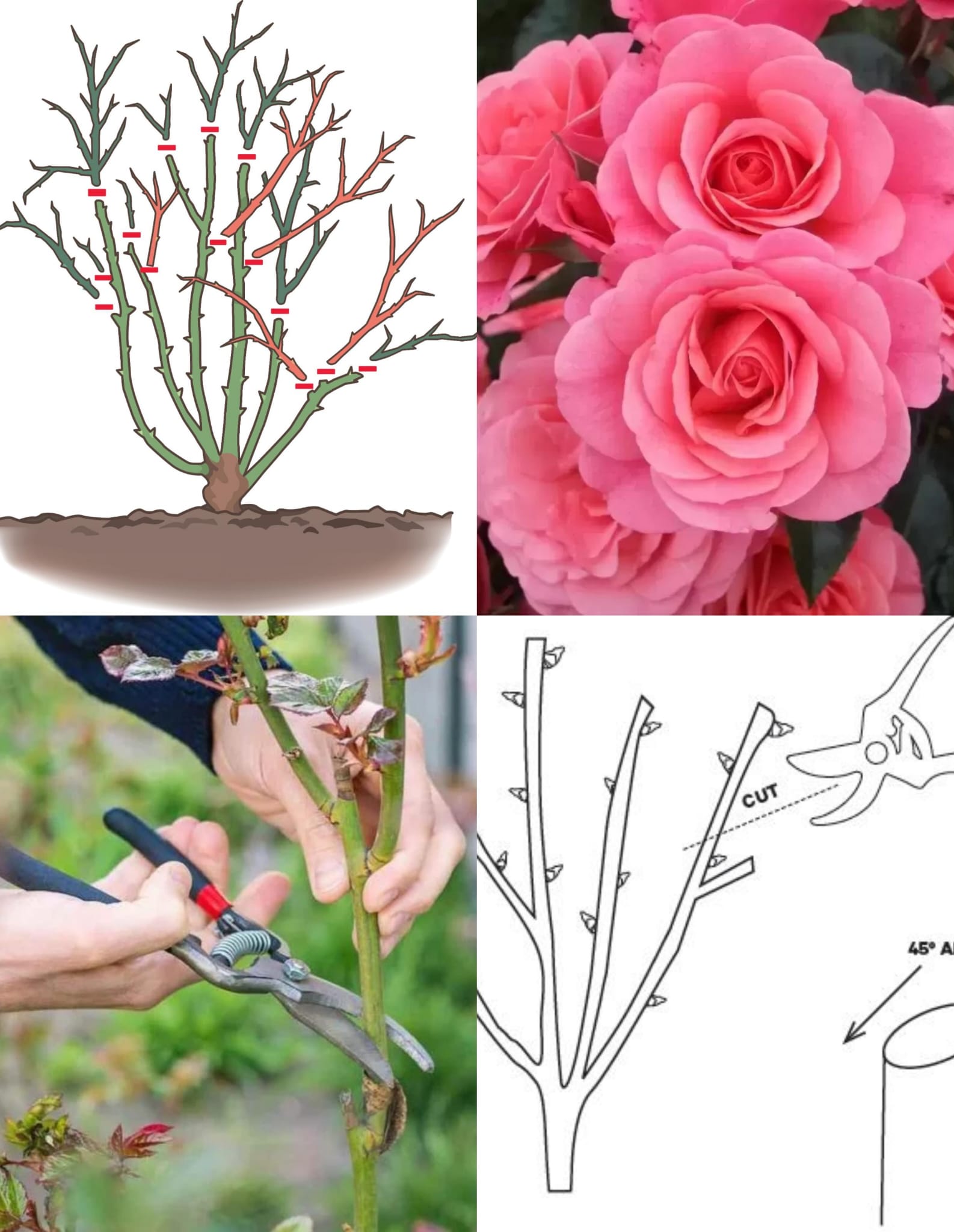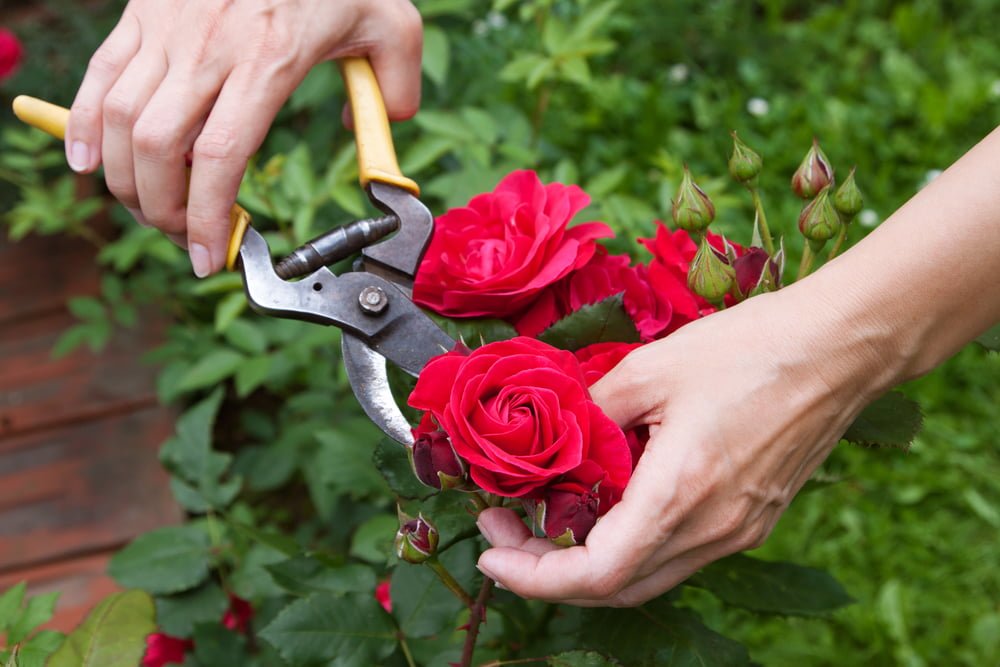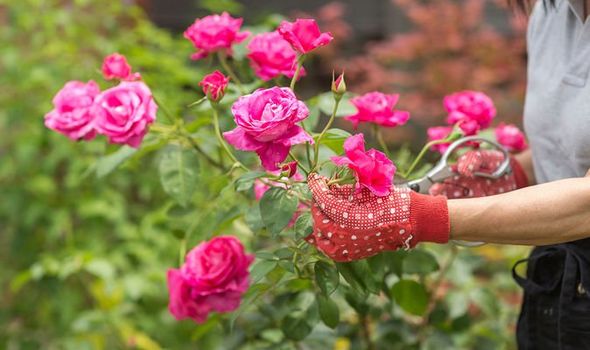
Pruning a rose bush is essential for maintaining its health, encouraging blooming, and shaping the plant. While the task may seem daunting to beginners, with the right guidance, anyone can prune roses effectively. Here’s a simple, step-by-step guide on when and how to prune a rose bush.
When to Prune:
The best time to prune rose bushes is in late winter or early spring, just as the plants are starting to wake up from dormancy and before they begin their new growth. This is typically around the time when forsythia blooms. In warmer climates, this could be as early as January or February, while in colder areas, March or April may be more appropriate.
Tools You’ll Need:
- Sharp, clean pruning shears
- Long gloves to protect your arms
- Optional: Loppers for thicker canes
Step 1: Preparation

Start by cleaning your tools to prevent the spread of disease. Wear long gloves to protect your arms from thorns. Examine your rose bush to understand its shape and which areas need pruning.
Step 2: Remove Dead and Diseased Wood
First, remove any dead, diseased, or damaged wood. Cut these canes back to live, healthy tissue. Deadwood often looks black or brown and feels dry, while live wood is typically green on the inside.
Step 3: Prune for Shape and Health
After removing the dead wood, focus on shaping the bush. Aim to create an open, vase-like shape. This allows light and air to penetrate the plant, reducing disease risk and encouraging blooms. Cut back about one-third of the older canes to stimulate new growth. Make your cuts at a 45-degree angle, about 1/4 inch above an outward-facing bud.
Step 4: Thin Out Crowded Areas

If any part of the bush is overcrowded, thin it out. Remove any canes that are crossing or rubbing against each other, as these can cause wounds and invite disease.
Step 5: Control Height
Control the height of your rose bush according to your preference and the bush’s type. Climbing roses require different pruning techniques compared to shrub roses. Generally, cutting back canes to a height of 18-24 inches is a good practice for many bush types.
Step 6: Clean Up
After pruning, clean up all the cuttings from the ground. This helps prevent any diseases that might be on the fallen leaves or stems from spreading.
Final Tips:

- Always prune to healthy, live tissue.
- Sharpen your tools regularly for clean cuts.
- Consider the specific needs of your rose variety.
Regular pruning keeps your roses healthy, encourages blooming, and maintains a pleasing shape. With practice, pruning your roses can become an enjoyable and rewarding part of your gardening routine.




















